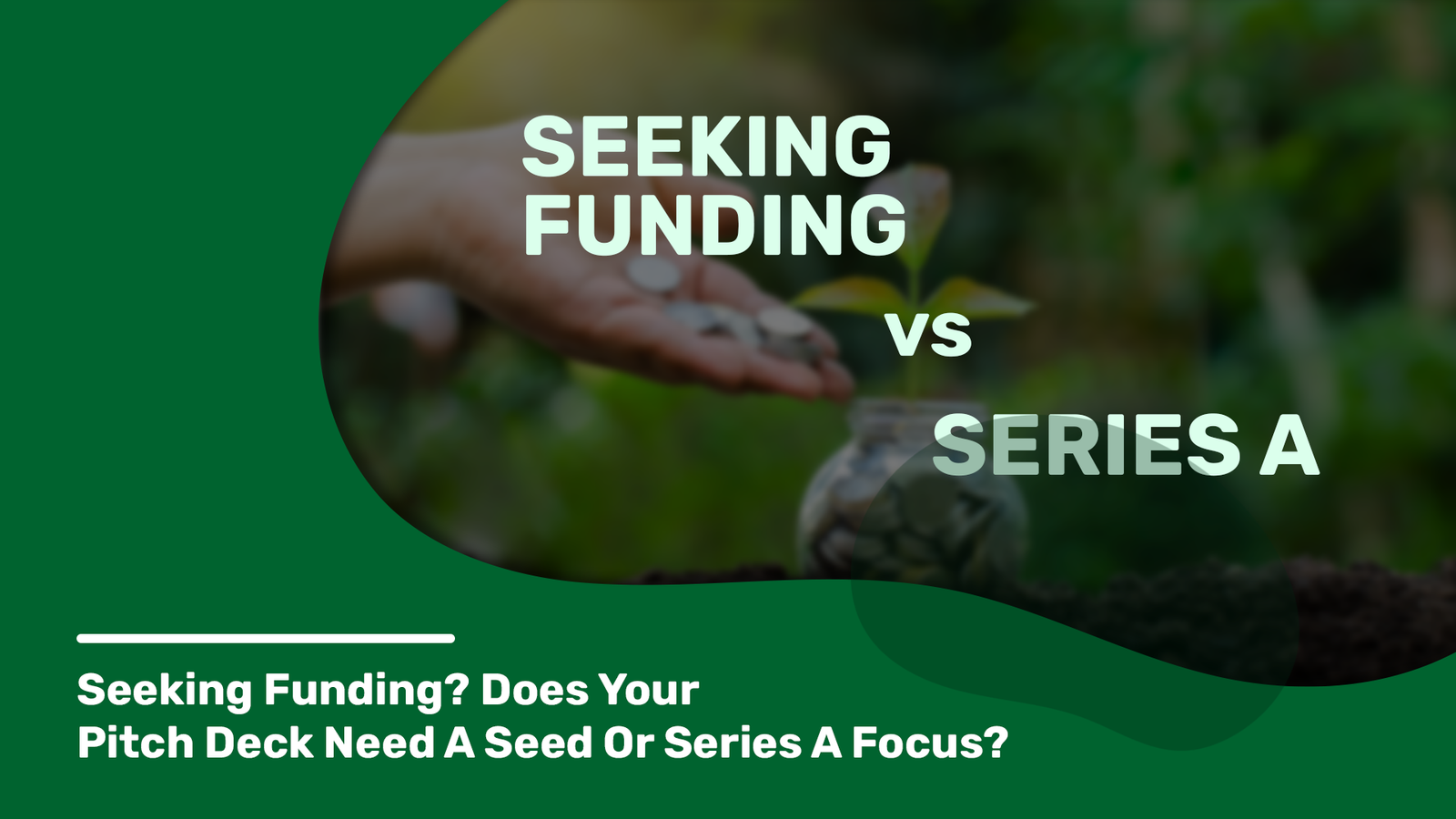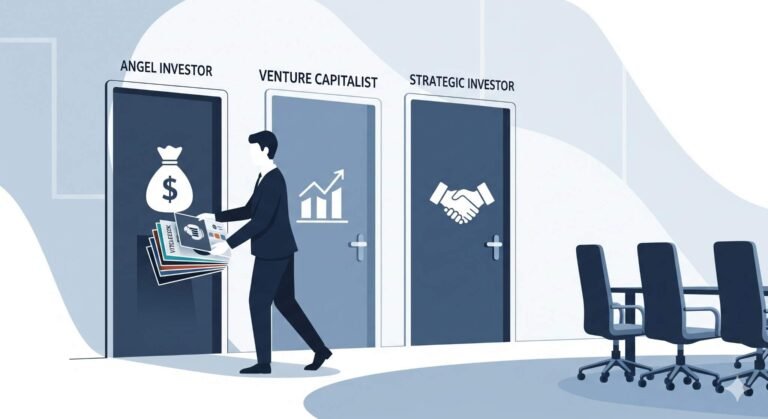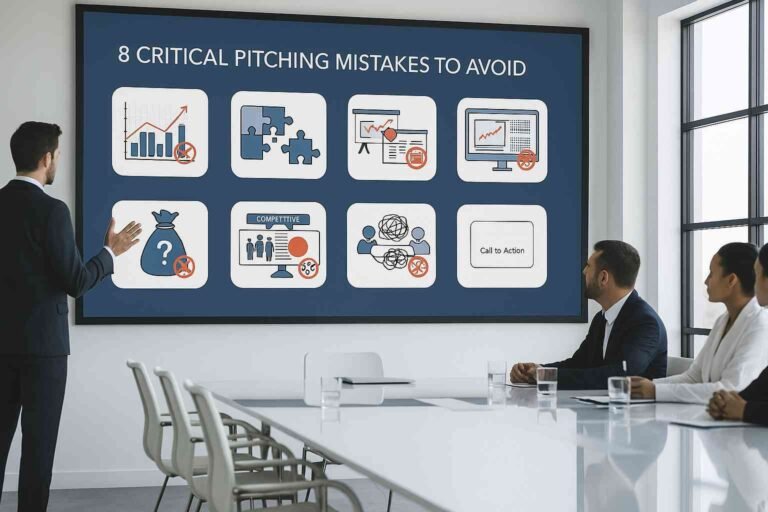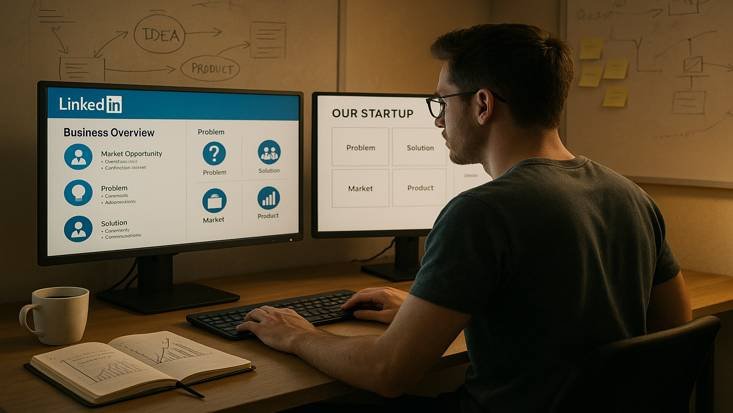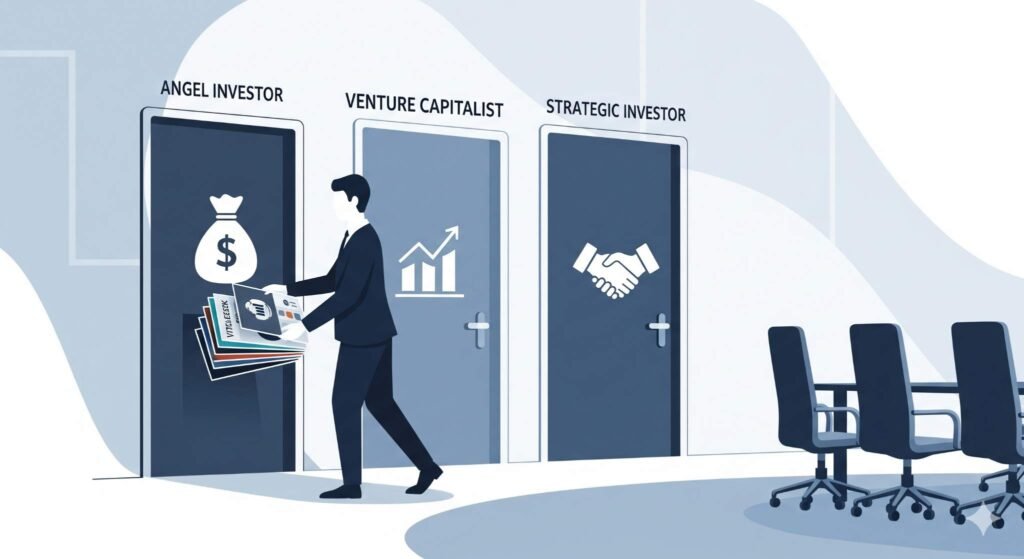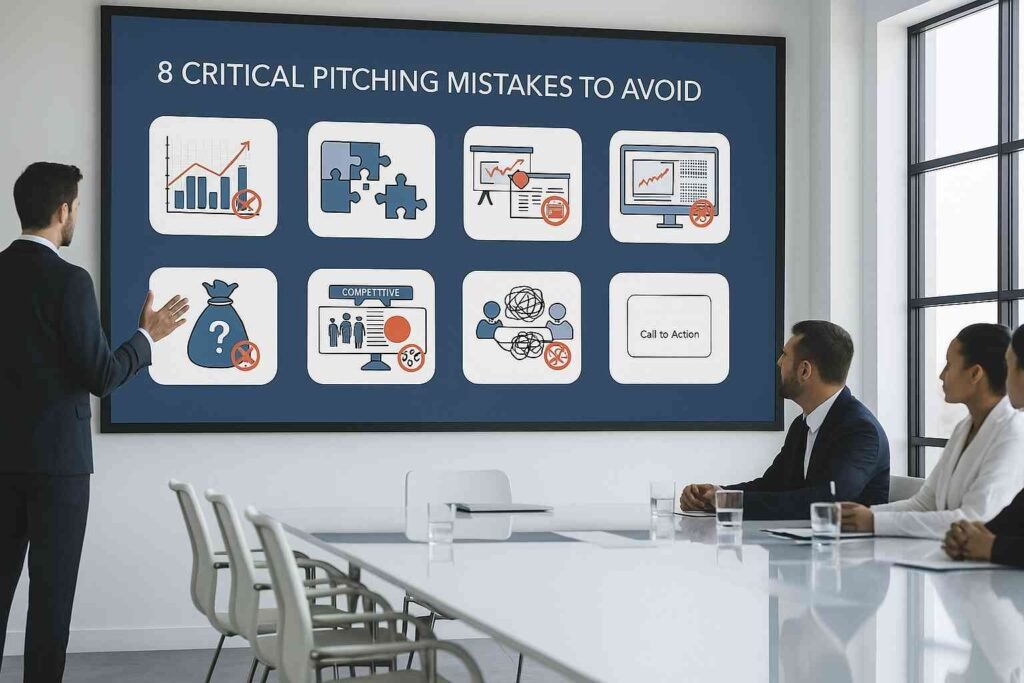Seed and Series A funding rounds serve different purposes. Seed funding focuses on proving a concept and early traction, while Series A funding prioritizes revenue growth, scalability, and market dominance. To secure investment, a pitch deck must be tailored to match investor expectations at each stage.
Introduction
Raising capital is a defining point for any startup, and having the capacity to customize your pitch deck for the appropriate funding round can make or break your chances of getting invested. Whether you are getting ready for seed funding to launch your concept or preparing for a Series A round to scale and grow, it is important to grasp the differences between these two fundraising rounds. Investors at every stage are searching for various things in your pitch deck, and not meeting their expectations can cost you precious opportunities.
This book will show you how to distinguish between a seed-stage pitch deck and a Series A pitch deck so that your presentation captures the attention of investors. You’ll discover what the critical elements are, what the main investor expectations are, and how to create a pitch deck that gives you the best opportunity to attract funding.
Seed vs. Series A: What’s the Difference?
Seed Round: The First Leap
A seed round is the initial stage of funding aimed at proving your concept and developing your minimum viable product (MVP). Investors at this stage are primarily looking for a strong vision, early traction, and a scalable idea. Seed funding is often sourced from angel investors, accelerators, venture capital firms focusing on early-stage startups, or even crowdfunding platforms.
Series A: Scaling the Business
A Series A round is the following stage of investment, where startups need to show market validation, sustainable traction, and revenue expansion. Investors look for evidence that your business model is proven to work, can scale cost-effectively, and possesses a competitive advantage. This round usually brings in bigger venture capital firms that invest in established product-market fit and clear growth roadmap firms.
Key Differences Between Seed and Series A Rounds
| Factor | Seed Round | Series A Round |
| Funding Amount | $100K – $2M | $2M-$15M |
| Investor Focus | Idea validation, early traction, MVP development | Market validation, revenue growth, scalability |
| Business Stage | Pre-revenue or early revenue | Established revenue model, scaling phase |
| Team Expectations | Passionate founders, early team | Strong leadership, experienced executives |
| Metrics Needed | User adoption, product engagement | Growth rates, customer acquisition cost (CAC), lifetime value (LTV) |
How Investor Expectations Change from Seed to Series A
Seed Investors: Betting on Potential
In the seed stage, a strong problem statement, a new idea, and a high-quality founding team are sought after by investors. They are not as lenient on finances but would want early evidence of traction, for instance, beta customers, partners, or good pilot tests.
Series A Investors: Looking for Proof
Series A investors require proof of scalability and long-term viability. They require financial projections, customer acquisition costs, retention rates, and a clear path to profitability. Business fundamentals and a competitive moat are essential at this stage.
Key Components of a Seed Round Pitch Deck
- Problem Statement: Clearly define the problem you are solving with real-world validation.
- Solution: Present your product/service and why it’s unique.
- Market Opportunity: Showcase the total addressable market (TAM) and growth potential.
- Product Demo: Provide screenshots, prototypes, or a live demo.
- Business Model: Explain how you plan to generate revenue.
- Early Traction: Highlight pilot users, partnerships, or market feedback.
- Go-to-Market Strategy: Outline your plan to acquire customers.
- The Team: Emphasize the founder’s expertise and commitment.
- Funding Ask: Clearly state how much capital you need and how you will use it.
What a Series A Pitch Deck Must Include
- Stronger Market Validation: Investors expect deeper research, competitive analysis, and clear differentiation.
- Advanced Financials: Provide revenue forecasts, customer acquisition cost (CAC), churn rates, and burn rate.
- Scalability Plan: Outline how you will grow your user base and expand into new markets.
- Growth Metrics: Show strong user engagement, high retention rates, and increasing revenues.
- Go-to-Market Execution: Detail proven marketing and sales strategies.
- Investor ROI: Explain potential returns and exit strategies.
Traction and Metrics: What Investors Expect at Each Stage
Seed Round Metrics
- User growth (number of signups, active users, engagement rates)
- Proof of concept (beta test results, partnerships, pilot programs)
- Market validation (waiting list numbers, customer feedback)
Series A Metrics
- Monthly Recurring Revenue (MRR) & Annual Recurring Revenue (ARR)
- Customer Acquisition Cost (CAC) vs. Lifetime Value (LTV)
- Churn rate and customer retention
- Revenue growth rate
How to Frame Market Opportunity for Different Investment Rounds
For seed investors, the market opportunity is all about possibility—why you’re excited about your space and where you position yourself. For Series A investors, it’s evidence—facts-and-figures stuff on why your startup stands a chance to triumph.
Use credible sources and realistic projections to strengthen your argument.
The Team Slide: What to Highlight for Seed vs. Series A Investors
Seed Investors: Passion, vision, adaptability, and early startup experience.
Series A Investors: Leadership skills, domain expertise, and proven execution capability.
Include notable advisors, key hires, and track record highlights that add credibility.
Common Mistakes in Seed and Series A Pitch Decks
- Too much information: Keep it concise and engaging.
- Lack of focus on traction: Investors want measurable progress.
- Ignoring competition: Acknowledge competitors and highlight your edge.
- No clear funding ask: Always specify how much you need and why.
- Overestimating projections: Use realistic financial assumptions.
Conclusion
Raising money takes more than a good idea—it takes a well-thought-out pitch deck that meets investor expectations. Seed-stage pitch decks must highlight vision, solving, and early traction, whereas Series A decks must highlight scalability, financial health, and market leadership. Investors are looking for clarity, solid data, and a compelling growth narrative. By streamlining your pitch deck for the funding round, you are more likely to gain investor trust and secure capital. If you’re keen to create a high-impact pitch deck, you may want to hire the services of a professional pitch deck design service firm to make your presentation visually appealing, clear, and compelling.
FAQs
1. What is the primary difference between seed and Series A funding?
Seed funding is about proving the concept, while Series A focuses on scaling an already validated business.
2. How much detail should I include in my financial projections for Series A?
Investors expect detailed revenue forecasts, a burn rate, and a well-structured financial plan.
3. What are the key metrics to highlight in a seed pitch deck?
User growth, engagement rates, and any early revenue or customer validation.
4. How do I effectively showcase my team in a pitch deck?
Highlight experience, relevant skills, and how each member contributes to startup success.
5. Should I create separate pitch decks for seed and Series A rounds?
Yes, tailoring your deck for each funding round significantly improves your chances of securing investment.

